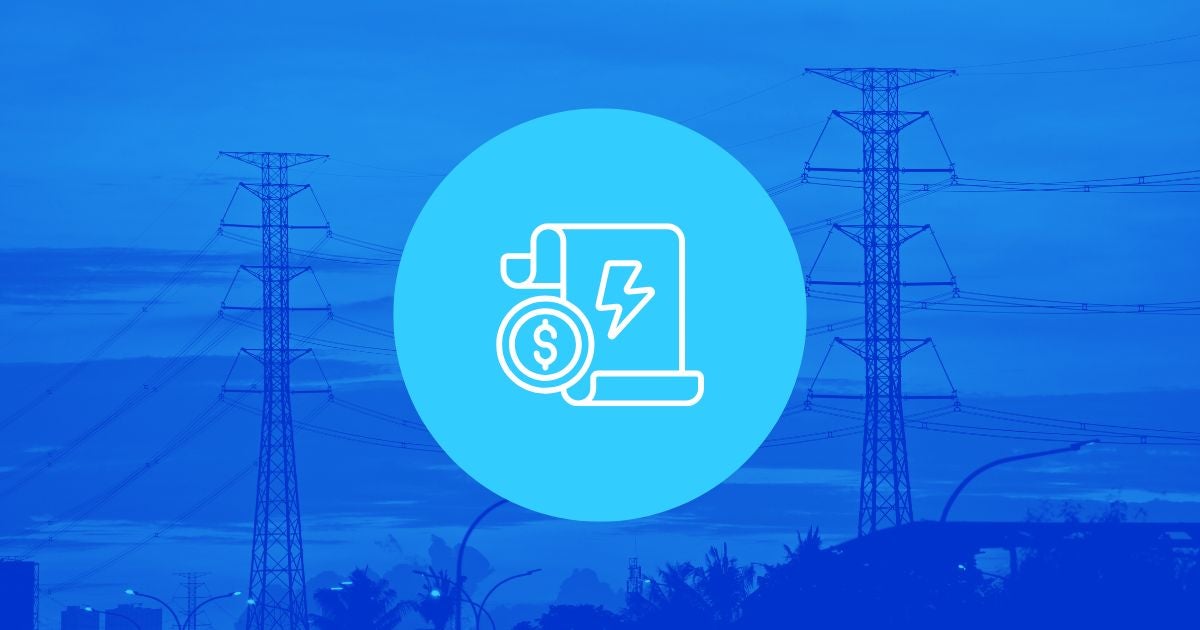Solar Ink on Roofing Material
 This post is by Miriam Horn, a writer at Environmental Defense Fund and co-author of the New York Times bestseller, Earth: The Sequel. It’s part of a video series on new energy technologies, Unleash the Future.
This post is by Miriam Horn, a writer at Environmental Defense Fund and co-author of the New York Times bestseller, Earth: The Sequel. It’s part of a video series on new energy technologies, Unleash the Future.
1. Introduction (YouTube)
2. Solar
3. Biofuels
4. Geothermal
5. Wave
Harnessing solar energy can be pricey, but that soon may change. One company aims to cut the price by a factor of 10 by printing cheap solar ink onto flexible film that could serve as your roofing material.
Take a look at my short video on new solar technologies to learn more.
[kml_flashembed movie="http://www.youtube.com/v/nDnPoYSj0LY" width="425" height="350" wmode="transparent" /]
If you have any questions or comments on solar power, please post them here. I’ll do my best to answer.













5 Comments
Yes, the silicon ink may be cheap, but how much will the roofing tiles cost once they hit the market? Whoever sells them sets the price and benefits from the reduced cost of manufacture. How do we prevent these new ideas and technologies from being assumed and abused by the market movers in these industries? We can look at Monsanto as an example of abusing pest-resistant crops that were originally intended to reduce pesticide use, now they have become a non-reproductive variety that only serves to further impoverish poor nations while increasing profits for Monsanto. We need to establish safeguards to guarantee these technologies remain affordable for the end consumer, and are not exposed to the corruptive policies of big business.
I don’t think it has to go that way. There’s intense competition in next-generation photovoltaics, and the myriad of new approaches will prevent any one company from locking up cheap, thin-film solar.
Many people engaged in the information revolution see a similar promise in distributed power: that it will give individuals direct access to energy resources that are now controlled by the oil, gas, coal and power companies.
In the developing world, the capacity for communities that don’t currently have electricity to produce low-cost solar energy (or tap local wind or the methane in animal waste or wave or geothermal power) will open up new possibilities for economic development, while sparing them the need to use fuels that are highly polluting and dangerous to their health. EDF is working with other NGOs to bring an additional benefit to those impoverished regions: access to carbon markets and the opportunity to earn income by reducing their pollution.
Here are some questions I received in email:
Question:
How do the silicon nanoparticles organize themselves into a conductive solid? Is the electrochemical process the same as with conventional large chips? Are multiple wavelengths being utilized by different particles? What material is the wiring? Is weather protection the main expense now, just providing a clear as well as waterproof roof? Is the video mostly about truisms in order to slip in a profitable fable, or is there really some technical substance here beyond one buzzword?
Answer:
First, given the intense competition underway in thin films, Innovalight, the company featured in our Solar Ink video, is holding most of their secrets close to the vest. But we can tell you that by the end of the printing process (according to Conrad Burke, Innovalight’s CEO), the material looks almost like crystalline silicon.
You are right in surmising that their technology can tap multiple wavelengths.
As we note in Earth: The Sequel (p 22), "the nanoscale silicon can be made to perform like many semiconductors in one. By changing the size of the particles, called quantum dots, Innovalight can tune them to tap the sun’s full spectrum."
You might like to read a July 2007 paper in the American Chemical Society Journal Nano Letters written by Arthur Nozik and an NREL team. Their independent experiments confirmed that Innovalight’s quantum dots are the first to get "multiple exciton generation" in silicon nanocrystals. (Traditional photovoltaic materials have never been able to produce more than one excited electron for each incoming photon, even though many photons carry enough energy to unleash several electrons.)
Nozik calculates that this breakthrough could push their efficiencies as high as 44%, though as yet they’ve only seen the extra electrons, not harvested them. See this news release.
=========
Question:
Could [silicon ink] become the new asbestos as far as human safety is concerned? What happens when it breaks down into the little particles over time?
Answer:
This is a concern shared by EDF. In fact we have a whole team dedicated to improving testing and regulatory oversight of nanotechnology, and we’ve partnered with DuPont to develop protocols for its safe development. Please see our Nanotechnology hub for more on this.
Very interesting. I am researching solar roofing for my employer and would like to know if you can elaborate on the roofing material possibilities and if you are aware of what companies or manufacturers of roofing material are investigating this.
http://www.paulbangeroofing.com
French shingle tiles are more uniform but available in varying sizes and thicknesses.